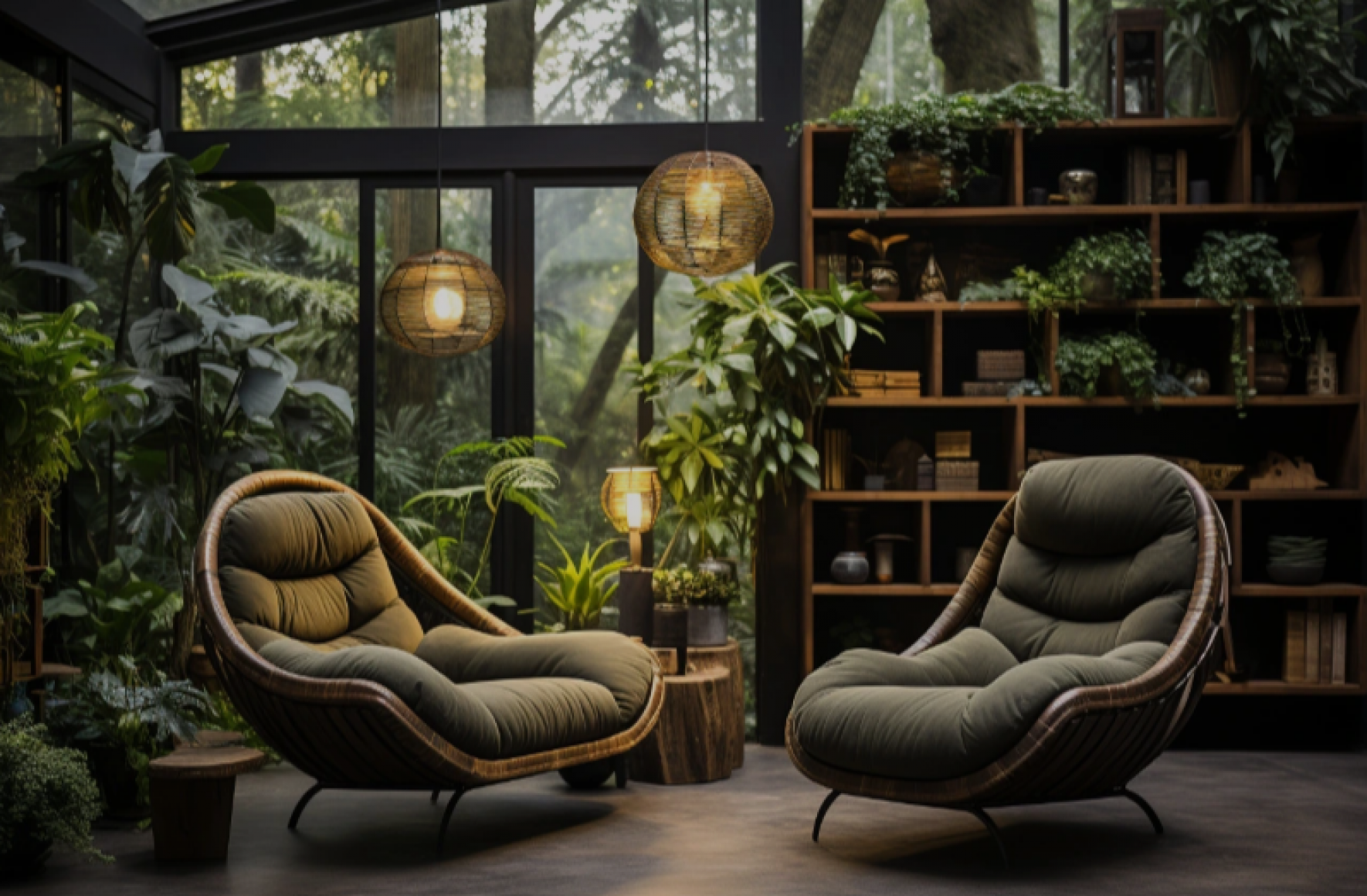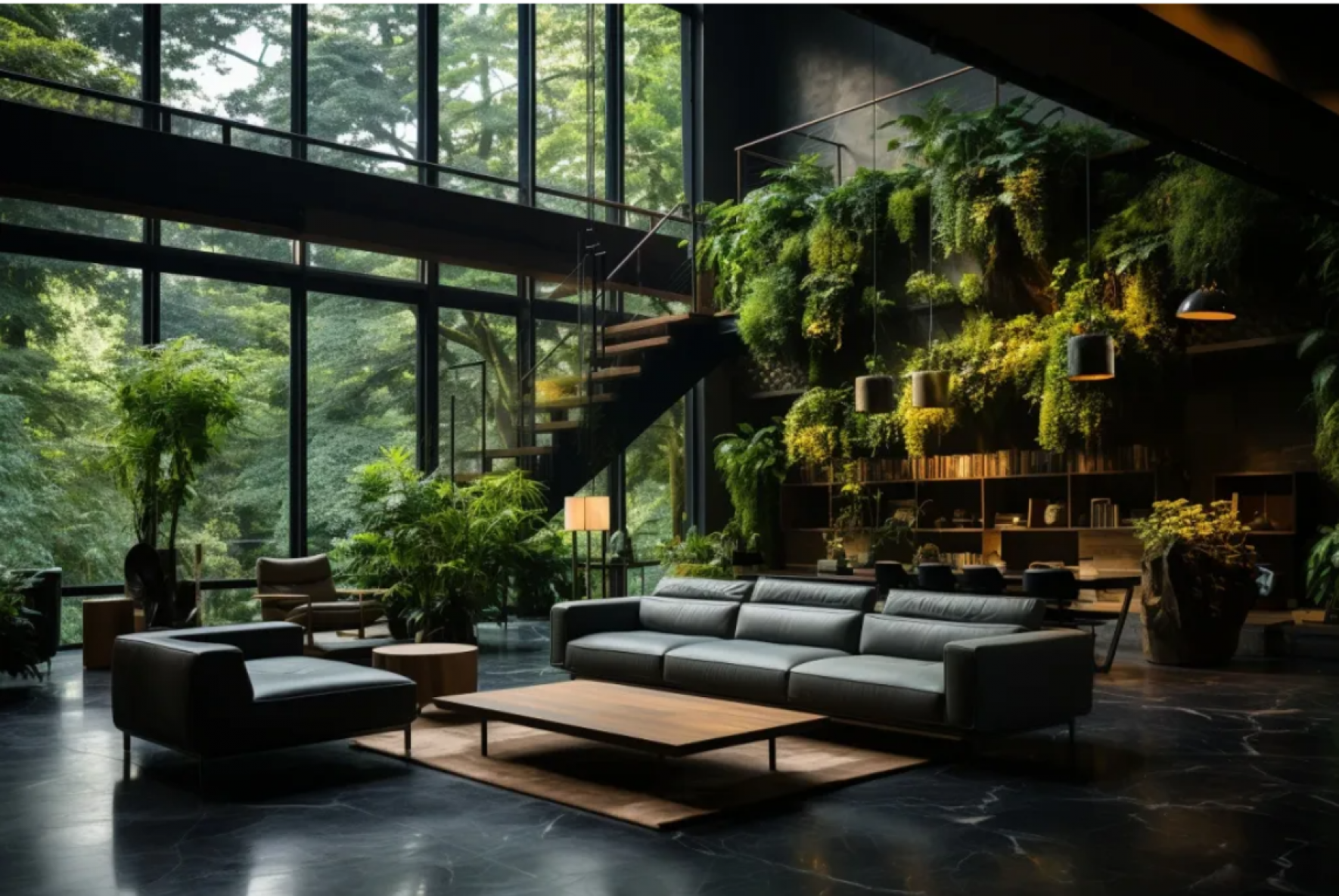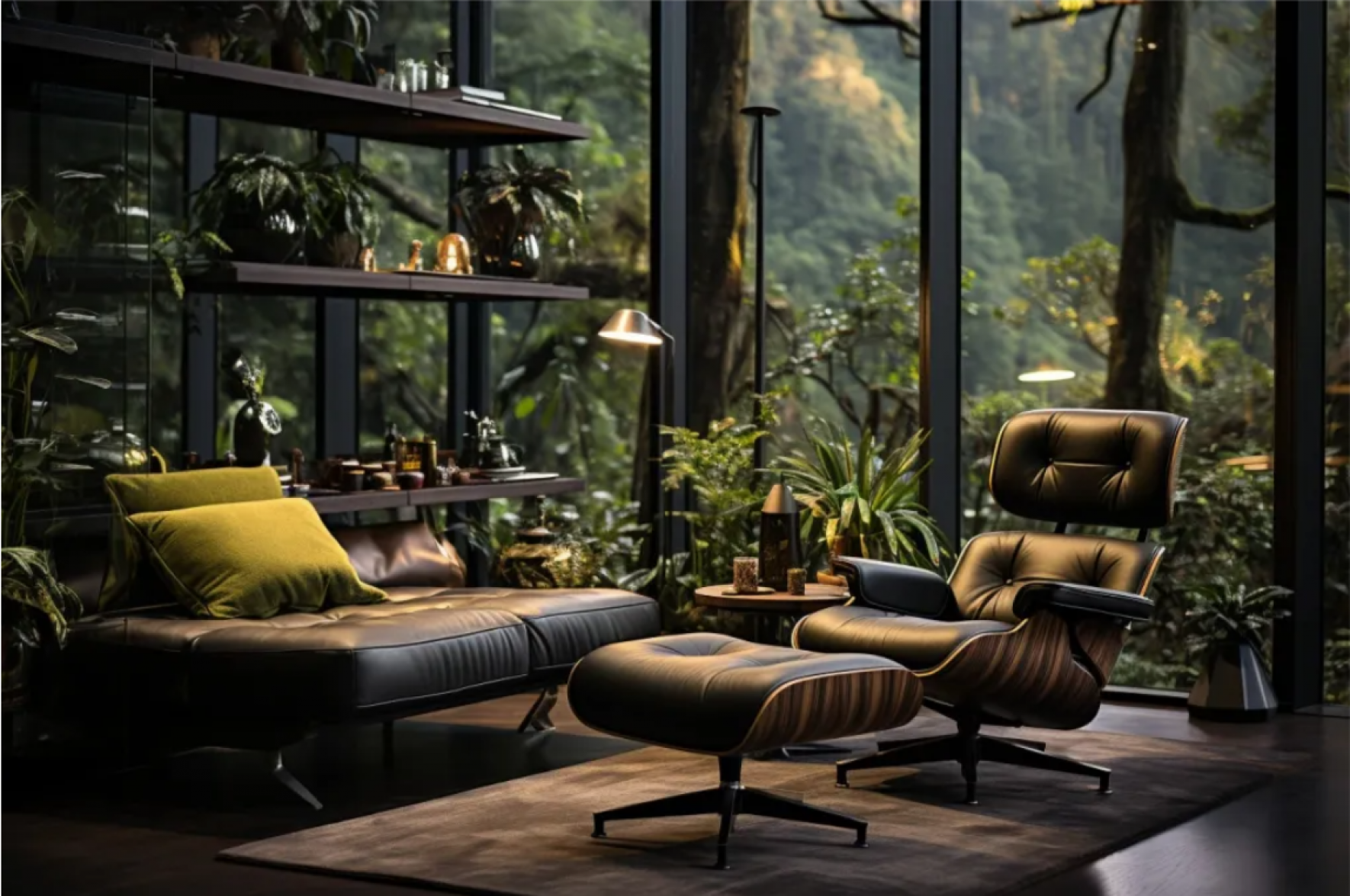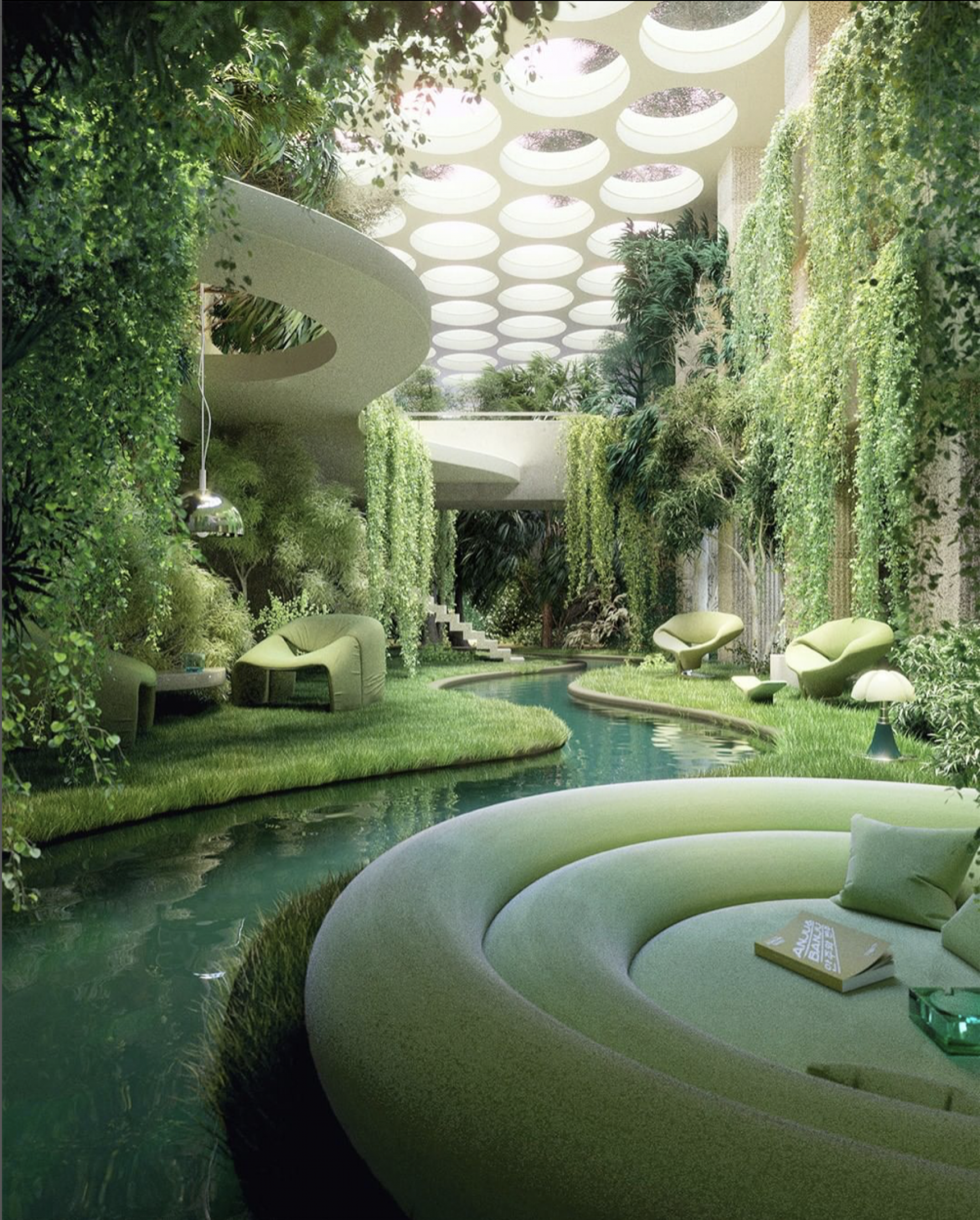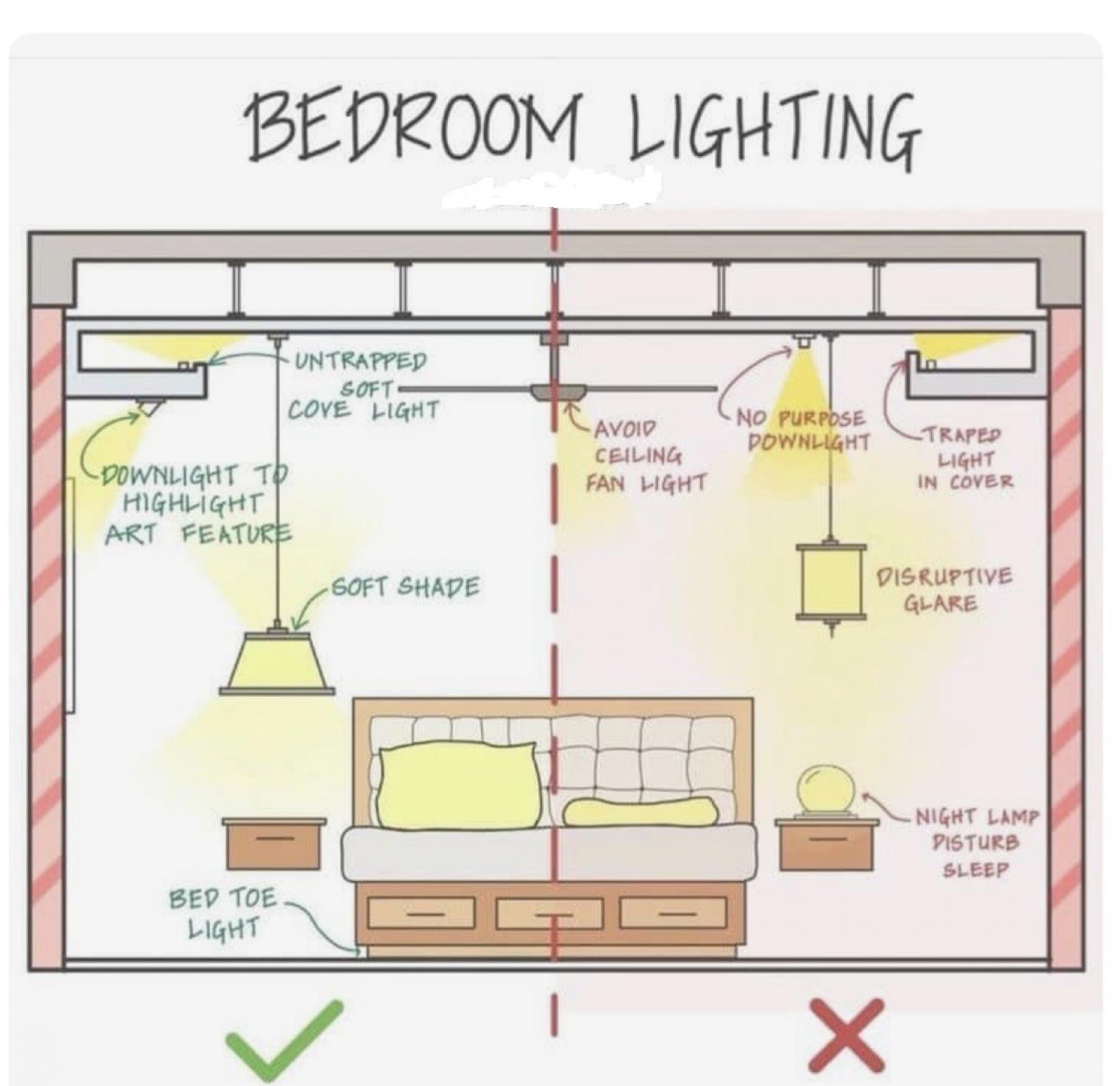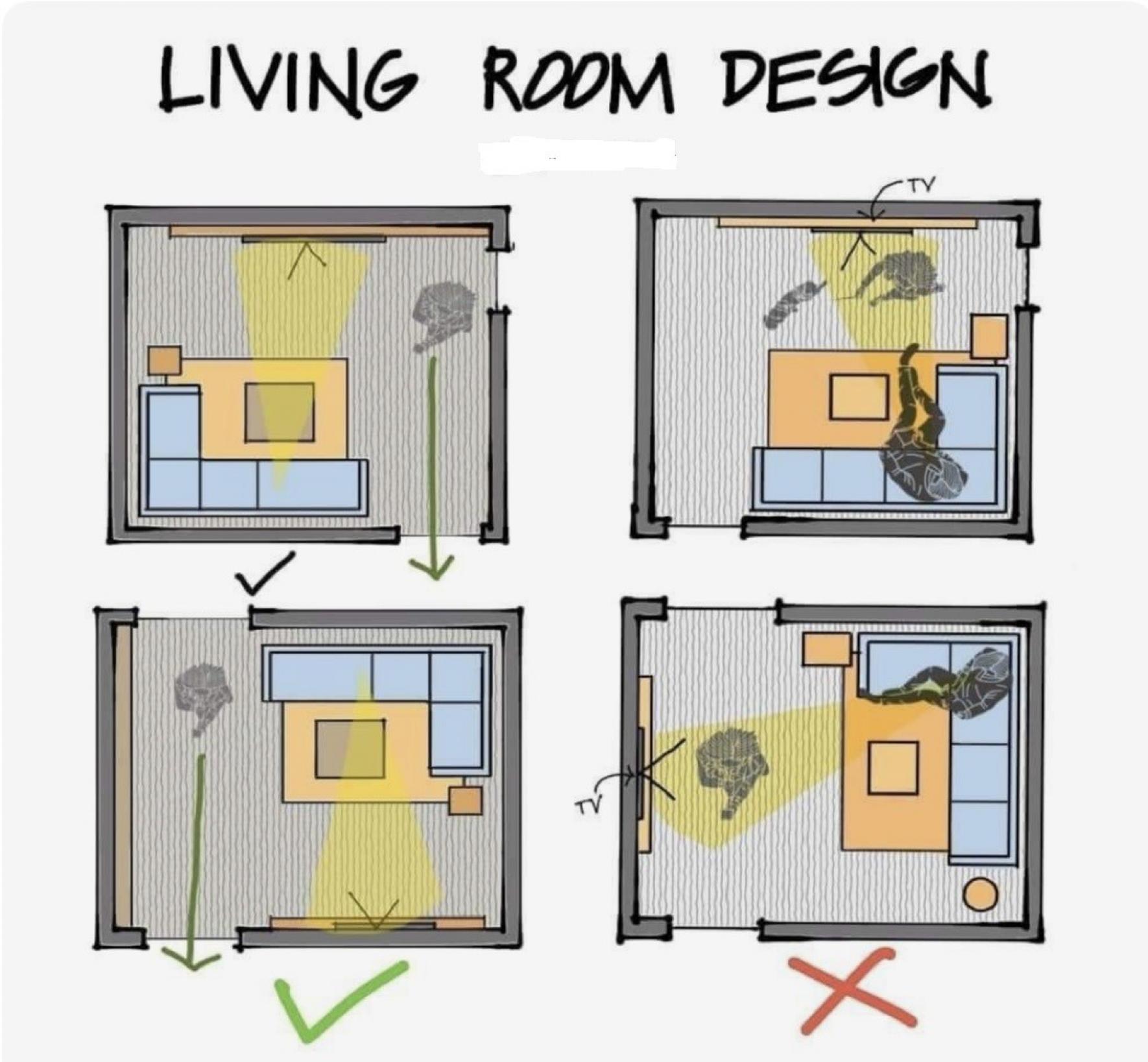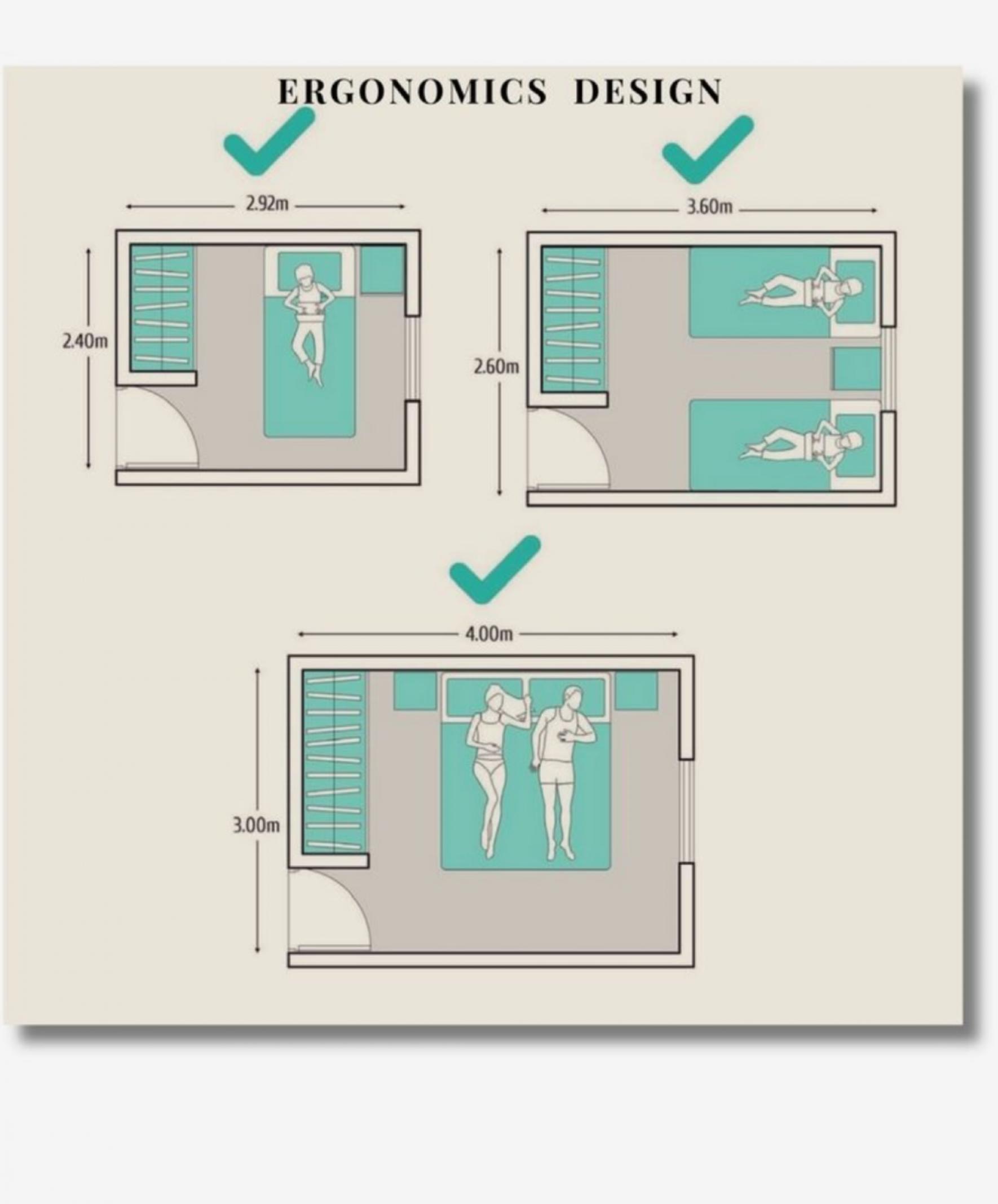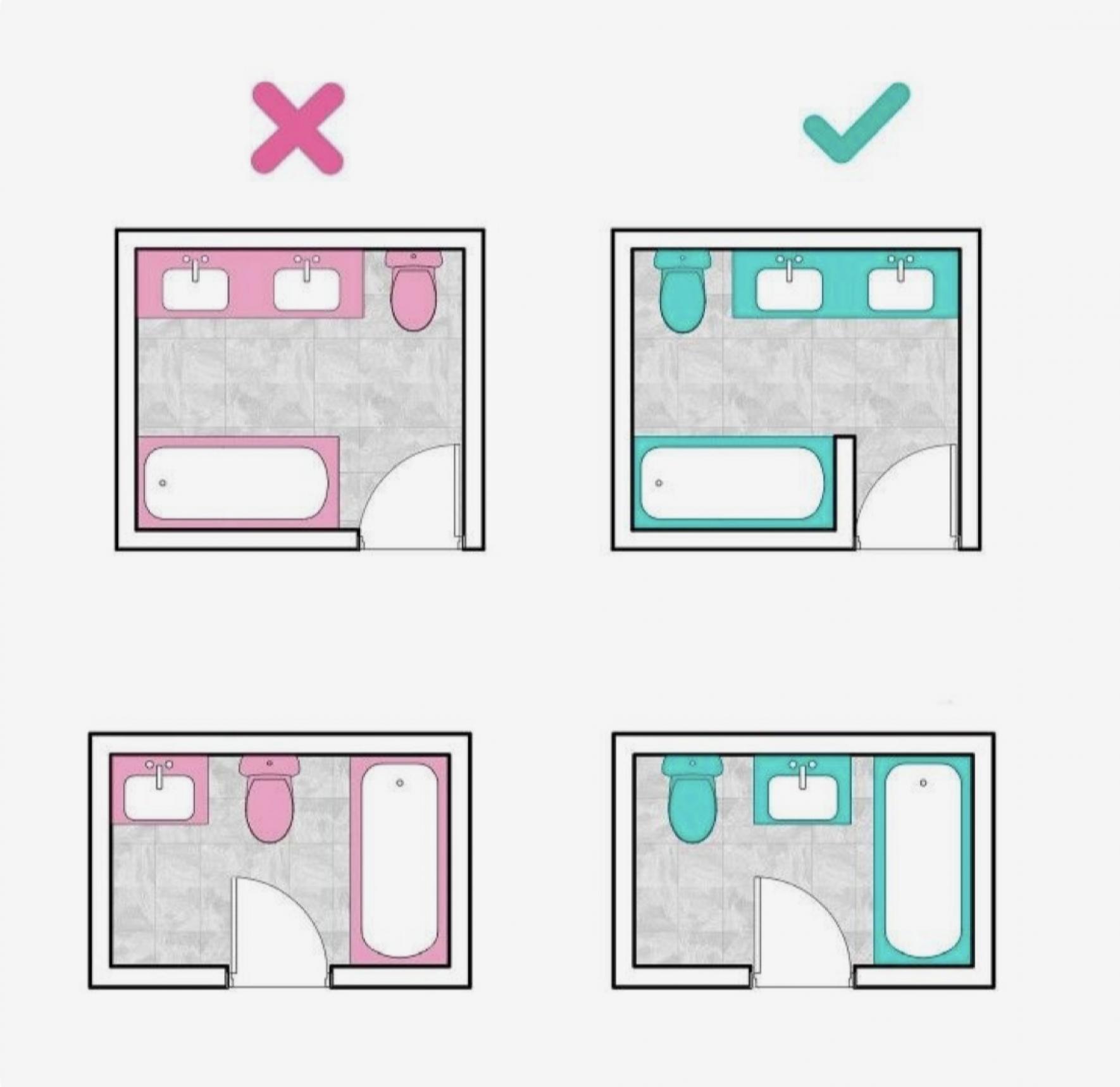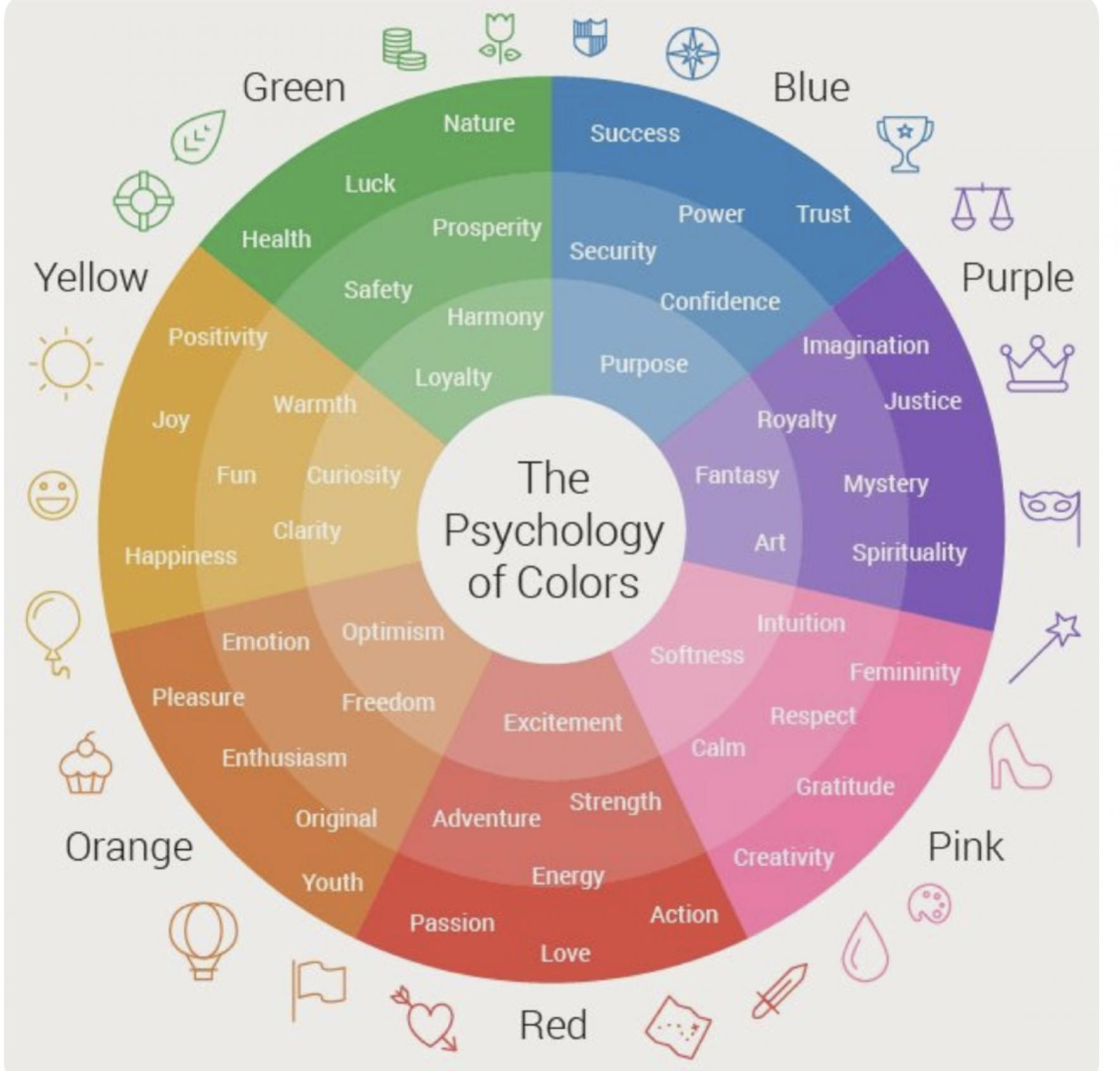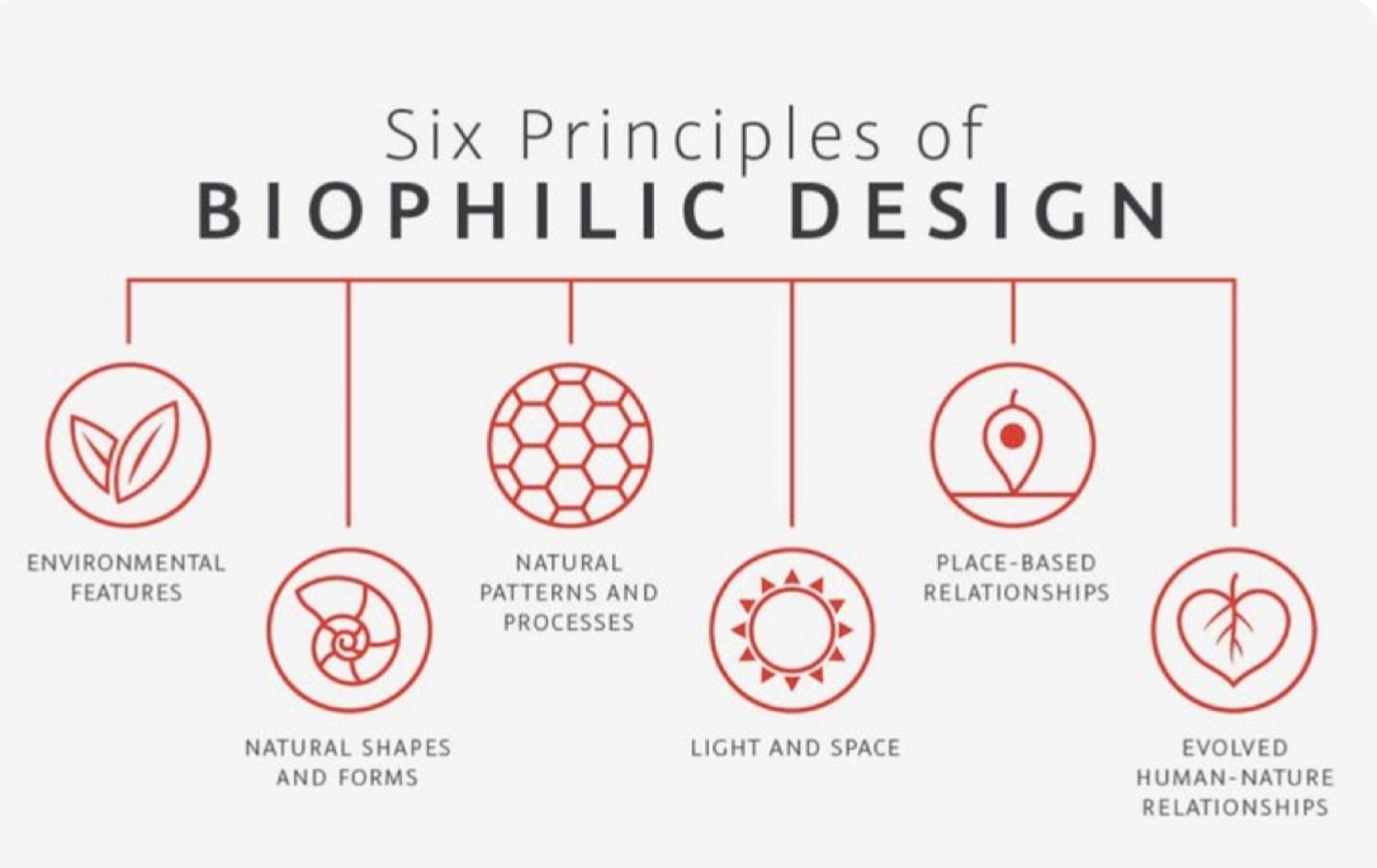Designing Spaces for Wellness and Comfort
Designing Spaces for Wellness and Comfort
Creating spaces
that promote wellness and comfort involves thoughtful planning to support
physical, mental, and emotional well-being. Here’s a summary:
Key Principles
1. Biophilic
Design: Incorporating natural elements like plants, natural light, and organic
materials to connect people with nature.
2. Ergonomics:
Ensuring furniture and layouts support healthy posture and movement.
3. Air Quality
and Ventilation: Using systems that provide clean, fresh air for a healthy
indoor environment.
4. Lighting:
Balancing natural and artificial light to improve mood, reduce stress, and
support circadian rhythms.
5. Acoustics:
Managing noise levels to create a calm and relaxing atmosphere.
6. Thermal
Comfort: Regulating temperature and humidity to ensure a pleasant environment.
Elements of Wellness and Comfort Design
1.
Material Choices: Use sustainable,
non-toxic, and tactile materials that feel welcoming.
2.
Color Psychology: Select colors that
evoke calmness (e.g., soft blues, greens, neutrals).
3.
Flexible Layouts: Adaptable spaces
that cater to different needs, such as quiet zones or communal areas.
4.
Inclusion and Accessibility: Design
spaces that are welcoming and usable for people of all abilities.
5. Sensory Engagement: Incorporate textures, scents, and visuals that stimulate positive sensory experiences.
Importance
1.
Enhances mental health by reducing
stress and fostering relaxation.
2.
Boosts productivity and focus by
creating supportive environments.
3.
Promotes physical health through
better air, light, and ergonomic designs.
4.
Encourages social interaction while
also supporting spaces for privacy and introspection.
5. This approach is essential for residential, commercial, and public spaces, fostering environments that nurture overall well-being.
Article Prepared By the student of Interior Design Department:
Saya Najmaldin Latif

